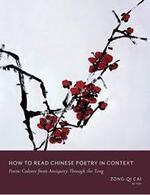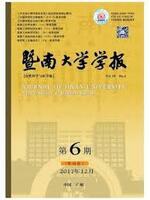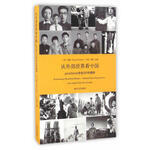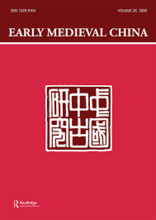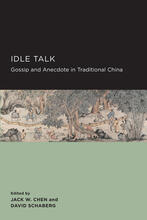Publications
2018
2017
2016
2014
The following essay takes a macro-perspective on the Shishuo xinyu, reading it not in terms of anecdotal narrative or characterological analysis, but through questions of information management and computer-based visualization. We discuss the history of data visualization and seek to demonstrate the interpretive power (and limitations) that such computational methodologies bring to the study of premodern texts. In particular, we are concerned with the use of geographical information systems (GIS) and social network analysis, as well as with how these tools help us to visualize the complex data contained within the text. In many ways, this essay is intended as an introduction to certain aspects of the emerging field of digital humanities, one that simultaneously seeks to show how these new methodologies work within the disciplinary contexts of premodern Chinese cultural studies.
2013
Gossip and anecdote may be “idle talk,” but they also serve to knit together individuals in society and to provide the materials through which literary culture and historical memory are constructed. This groundbreaking book provides a cultural history of gossip and anecdote in traditional China, beginning with the Han dynasty and ending with the Qing. The ten essays, along with the introduction and postface, address the verification, transmission, and interpretation of gossip and anecdote across literary and historical genres.Contributors: Sarah M. Allen, Beverly J. Bossler, Jack W. Chen, Ronald Egan, Dore J. Levy, Stephen Owen, Graham Sanders, David Schaberg, Anna M. Shields, Richard E. Strassberg, Xiaofei Tian

